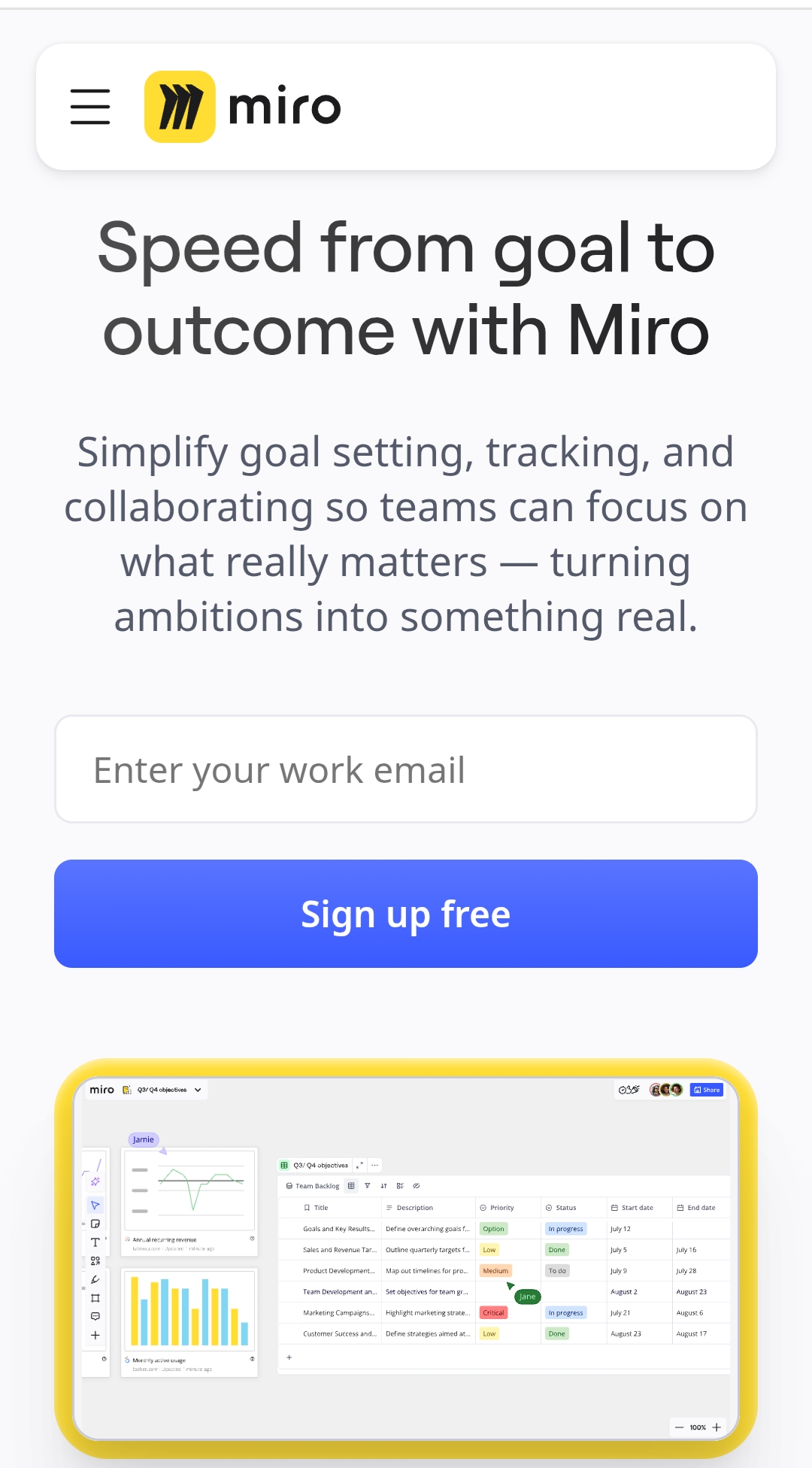Description
In this course, you will learn to think like a data scientist and ask questions of your data. You will use interactive features in MATLAB to extract subsets of data and to compute statistics on groups of related data. You will learn to use MATLAB to automatically generate code so you can learn syntax as you explore. You will also use interactive documents, called live scripts, to capture the steps of your analysis, communicate the results, and provide interactive controls allowing others to experiment by selecting groups of data.
These skills are valuable for those who have domain knowledge and some exposure to computational tools, but no programming background is required. To be successful in this course, you should have some knowledge of basic statistics (e.g., histograms, averages, standard deviation, curve fitting, interpolation).
By the end of this course, you will be able to load data into MATLAB, prepare it for analysis, visualize it, perform basic computations, and communicate your results to others. In your last assignment, you will combine these skills to assess damages following a severe weather event and communicate a polished recommendation based on your analysis of the data. You will be able to visualize the location of these events on a geographic map and create sliding controls allowing you to quickly visualize how a phenomenon changes over time.
What you will learn
Introduction to the Data Science Workflow
In this module you’ll learn about the key steps in a data science workflow and begin exploring a data set using a script provided for you. As you work with the file, take note of the different elements in the script. As you progress through the course, you’ll create a similar script yourself.
Importing Data
In this module you’ll import data into MATLAB, customize the import options, and generate code to automate the process. You’ll also work with different types of data, such as numeric, dates, and text.
Visualizing and Filtering Data
In this module you’ll create visualizations and learn how to customize figures. You’ll also filter your data to select only what is needed for your analysis. You’ll create new tables and save them to use in the future or share with others outside of MATLAB.
Performing Calculations
In this module you’ll write small pieces of code to extend your analysis. You’ll calculate summary statistics on groups of data and determine if variables are correlated. You’ll extend your ability to filter data to defining conditions across multiple variables. You’ll also modify categorical data to remove, combine, or create new categories to use for defining groups.





